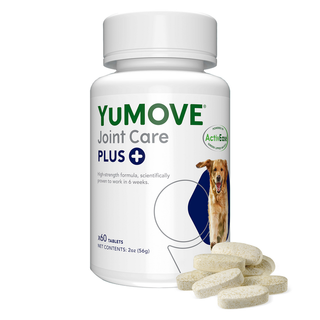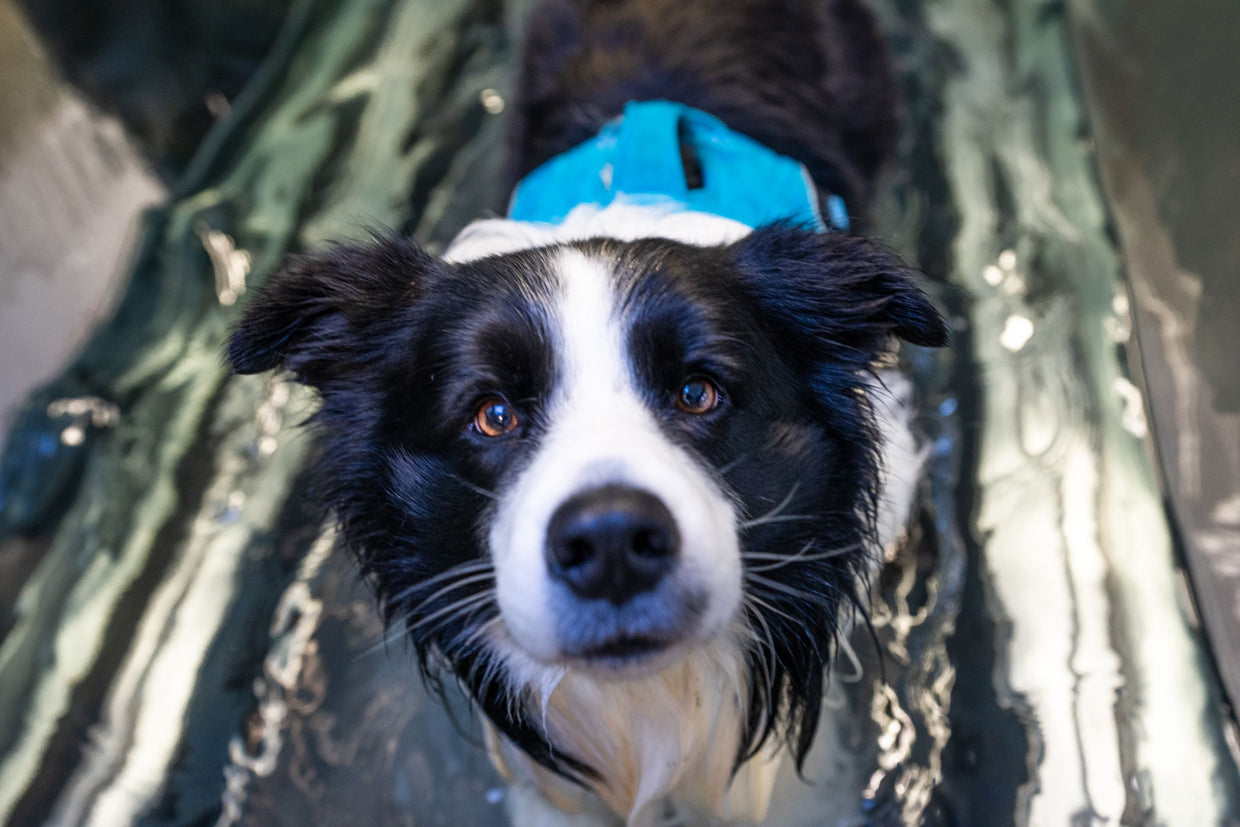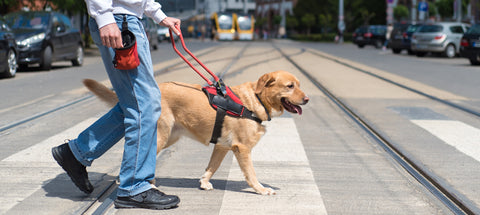Most dogs love the water – from splashing in the ocean, to heading straight for muddy puddles. While it’s a recent development, canine hydrotherapy is a way to combine your dog’s natural love for the water and an excellent way to support their health.
What is canine hydrotherapy?
Under the guidance of a trained canine hydrotherapist, your dog swims or walks in warm water to help improve their fitness and function. Sessions usually take place either in a swimming pool or in a special tank (sort of like a giant fish tank) that contains a custom-made treadmill.
It was first introduced in the early 19th century by Vincent Priessnitz, an Austrian farmer. He noticed that animals would instinctively put an injured limb in water every day until it healed, so started testing this on his own farm animals.
After some success, he started offering healing baths to human patients, and by 1839 this ‘water cure’ attracted 1,500 patients, including some high-profile members of the monarchy.
Following the 19th century, ‘hydrotherapy’ was used to rehabilitate racehorses and greyhounds. Today, it’s increasingly popular with all breeds of dogs.
How does it help?
Canine hydrotherapy is used for many reasons, such as soothing stiff joints, improving mobility and cardiovascular fitness, and helping your dog maintain a healthy weight.
Adam Gibbins, Chairman of the National Association of Registered Canine Hydrotherapists (NARCH), explains this further, stating:
“The benefits […] depend very much on how the therapy is carried out […] For some dogs, simply floating or swimming gently in water can relieve stiff joints. For others, more vigorous exercise is used to increase the use of limbs, increase muscle bulk and tone, and strengthen the support joints.”
“Water can also be used as a means of supporting dogs in a non-weight-bearing or partially weight-bearing environment to allow movements that would not be possible on land, perhaps because of weakness or injury.”

The science behind it
Canine hydrotherapy works because of:
• Buoyancy – water reduces the pressure on joints/bones/muscles, so your dog may find it easier to exercise than on land.
• Viscosity – water is resistant to movement, so while your dog benefits from buoyancy, the resistance helps to strengthen their muscles and improve their fitness.
• Hydrostatic pressure – the pressure of the water against your dog’s body supports their joints and muscles, which helps to improve their range of movement and circulation.
Typically, canine hydrotherapy takes place in warm water (between 82.4°F and 89.6°F) to help soothe stiff joints and encourage relaxation.
What happens in a hydrotherapy session?
“A typical […] session starts with an update from the owners about how the dog has been and any activity that they’ve been undertaking,” says Adam Gibbins. “The therapist will give your dog a warm shower and a massage to prepare the muscles.”
“In the pool, each session is tailored to meet the dog’s specific needs and abilities. It’s highly likely you’ll see controlled swims with the dog working in different directions, with physical input from the therapist to support and improve the dog’s range of motion.”
“Throughout the session, the hydrotherapist makes observations and adjustments to how your dog is moving to improve their condition. Afterwards, your dog is showered once again to remove pool water from their coats.”
Essentially, your dog has what we would call a ‘spa day’ with some exercises, too.

What are some misconceptions?
• Hydrotherapy is suitable for all dogs – some dogs are afraid of water, so while hydrotherapy may help them a therapist wouldn’t proceed with a truly hydrophobic dog. It also isn’t recommended for dogs with ear infections, skin conditions or breathing concerns.
• All dogs can swim – many dogs can naturally float in water, but that’s not swimming! They can get tired quickly and be at risk of drowning in open water. Use a buoyancy aid for dogs to reduce the risk and manage their access to deep water.
How to find a canine hydrotherapist
If you think your dog may benefit from hydrotherapy, talk to your vet for more information on local trained and certified rehabilitation specialists. Visit the facilities and meet the therapists before booking a session.
Do you think your dog needs more joint support? Check out our YuMOVE Joint Health Daily Soft Chews or head to our health guides to read about more dog physiotherapy options!










